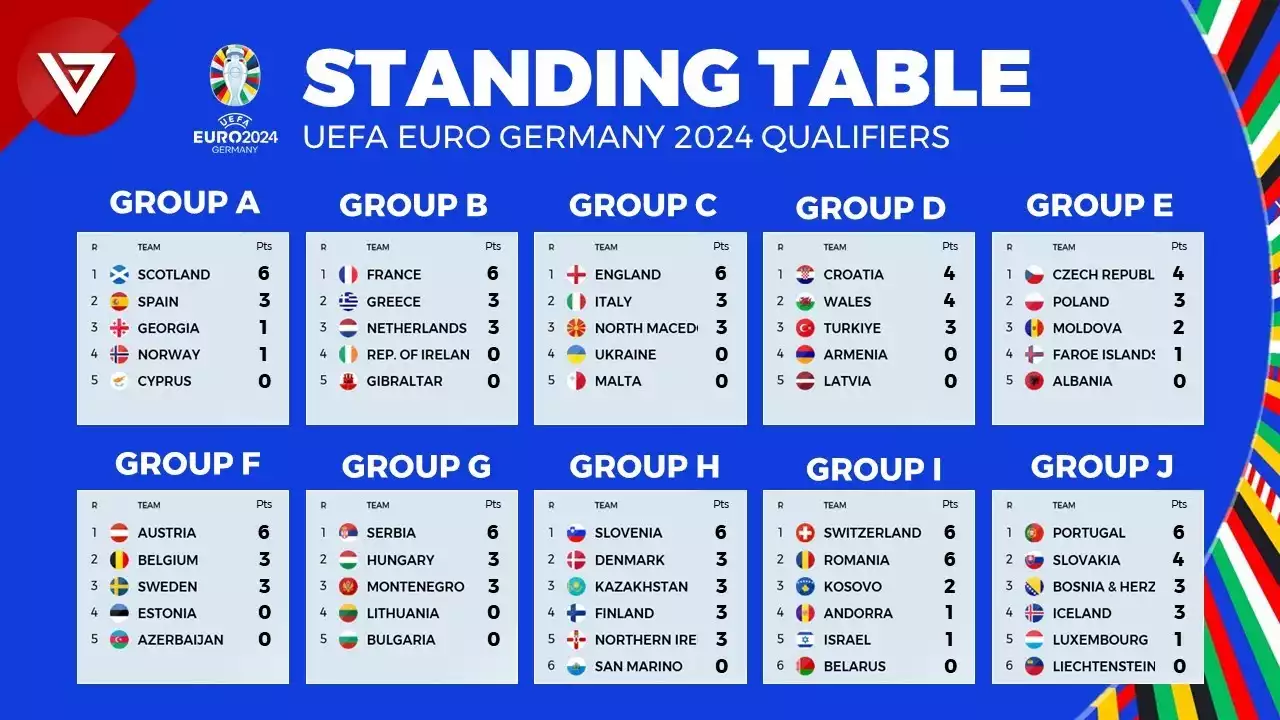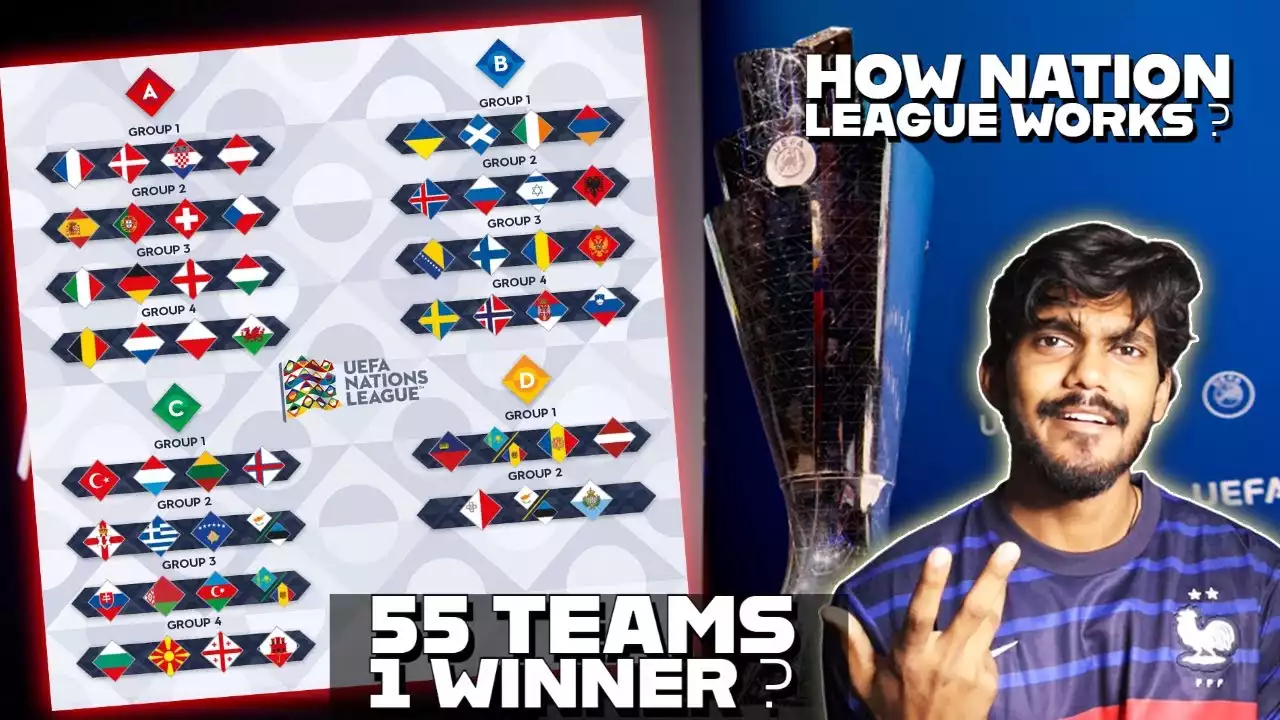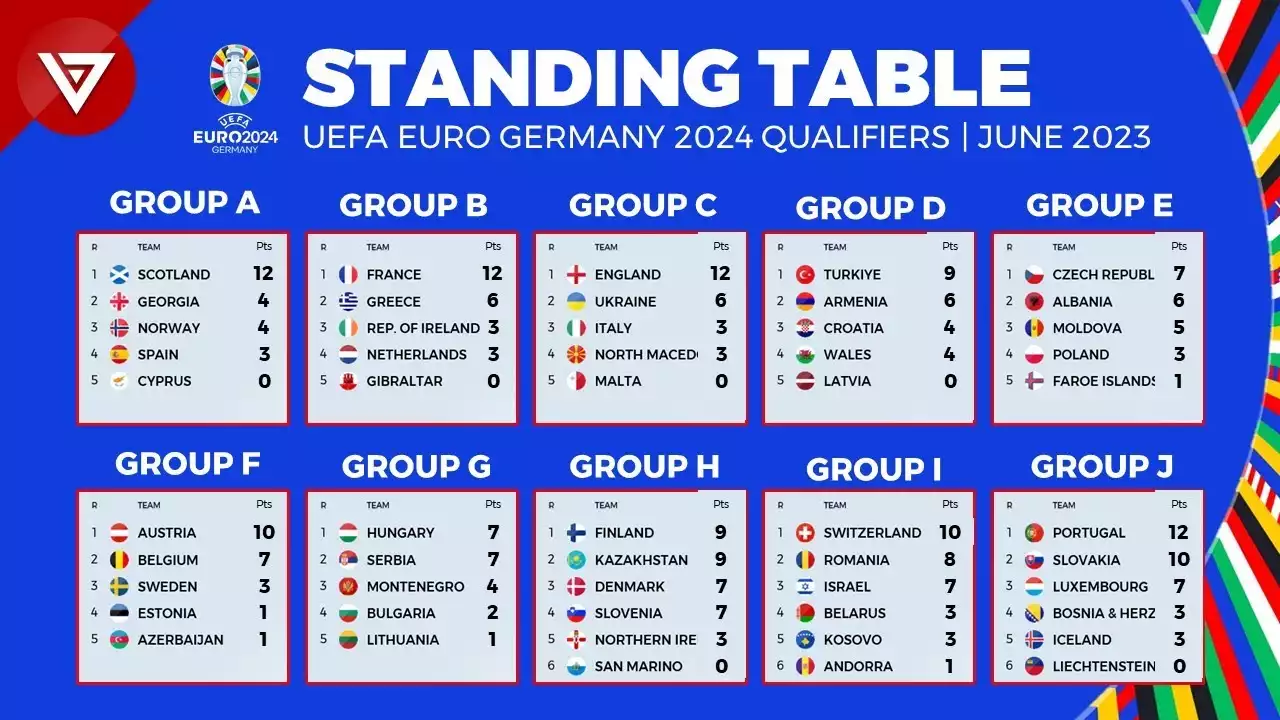Introduction
Over the years, the UEFA Nations League format has undergone significant changes, shaping the landscape of international football. From its inception in 2018, this innovative tournament has captivated football fans worldwide with its thrilling matches and competitive spirit. In this article, we will explore the five biggest changes that have occurred in the UEFA Nations League format, offering a glimpse into how it has evolved and adapted over time.
Evolution of the UEFA Nations League format
The UEFA Nations League format has evolved considerably since its introduction, with several key changes enhancing the tournament's appeal and competitiveness. One of the most notable changes has been the expansion of the tournament. Initially consisting of 55 participating nations divided into four leagues, it has now grown to include 55 teams distributed across three leagues. This change has allowed for more teams to compete and provided additional opportunities for emerging football nations to showcase their talent on the international stage.
Moreover, the expansion of the tournament has also had a significant impact on the scheduling of matches. With more teams involved, the tournament organizers have had to carefully plan the fixtures to ensure a fair and balanced competition. This has resulted in a revised schedule that accommodates the increased number of teams while maintaining the integrity of the competition. The changes in scheduling have not only provided more opportunities for teams to compete but have also made the tournament more exciting for fans, with a greater number of matches taking place.
Changes in the scheduling of matches
The UEFA Nations League format has undergone several changes in the scheduling of matches since its inception. Initially, the tournament featured four matchdays spread across the international calendar, with teams playing home and away matches against their group opponents. However, in recent years, the format has been revised to condense the tournament into a shorter period, allowing for more intense and focused competition.
Under the new format, teams now play their group stage matches over three international breaks, with two matches taking place during each break. This condensed schedule has not only increased the intensity of the competition but has also provided fans with a more concentrated dose of international football. Additionally, this change has allowed for more flexibility in scheduling, reducing the strain on players and ensuring that the tournament remains competitive and engaging.
Impact of the changes on team performance
The changes to the UEFA Nations League format have had a significant impact on team performance. With the expansion of the tournament, teams have had the opportunity to face a wider range of opponents, including nations they may not have regularly encountered in the past. This has presented both challenges and opportunities for teams, forcing them to adapt their tactics and strategies to compete against unfamiliar opponents.
Moreover, the introduction of the Final Four stage has added an extra layer of pressure and excitement to the tournament. The winners of each league now face off in a thrilling knockout tournament to determine the ultimate champion. This high-stakes stage has not only provided fans with memorable matches but has also tested the mettle of the participating teams, pushing them to perform at their best under intense scrutiny.
Promotion and Relegation System
In addition to the expansion and restructuring of the tournament, the UEFA Nations League format has also implemented a promotion and relegation system. This system allows teams to move between leagues based on their performance in the tournament. The top-ranked teams in each league are promoted to the higher league for the following edition, while the bottom-ranked teams are relegated to the lower league.
This promotion and relegation system has added an extra layer of competitiveness and motivation for teams. It provides an opportunity for lower-ranked teams to earn promotion and compete against stronger opposition, while also giving higher-ranked teams the incentive to maintain their position and strive for further success. This system has not only increased the stakes of the tournament but has also created a dynamic environment where teams are constantly vying for promotion or fighting to avoid relegation.
Fan reactions to the new format
The changes to the UEFA Nations League format have elicited mixed reactions from fans. On one hand, the expansion of the tournament and the introduction of the Final Four stage have been widely praised for increasing the excitement and competitiveness of the competition. Fans have relished the opportunity to see their national teams face off against a wider range of opponents and have celebrated the thrilling matches that have resulted from the new format.
On the other hand, some fans have expressed concerns about the increased number of matches and the impact it may have on player fatigue and injuries. The condensed schedule, although designed to enhance the tournament's intensity, has also raised questions about the physical toll it may take on players. Additionally, there have been debates about the fairness of the promotion and relegation system, with some fans arguing that it may disadvantage smaller nations who are unable to compete against more established footballing powers.
Criticisms and controversies surrounding the changes
Despite the overall positive reception, the changes to the UEFA Nations League format have not been without their fair share of criticisms and controversies. One of the main points of contention has been the scheduling of matches and the strain it places on players, particularly those who are also involved in club football. Critics argue that the condensed schedule may lead to player fatigue, increased risk of injuries, and a decline in the quality of football on display.
Another criticism revolves around the promotion and relegation system. While the system has been praised for its ability to provide opportunities for smaller nations to compete at a higher level, some argue that it may create an imbalance in the competition. Critics claim that teams who are constantly relegated may struggle to develop and improve, while teams who are consistently promoted may struggle to compete at a higher level. This has led to debates about the fairness and long-term sustainability of the system.
Successes and achievements of the UEFA Nations League
Despite the criticisms and controversies, the UEFA Nations League format has achieved several notable successes. One of the main achievements has been the increased competitiveness and excitement of the tournament. The expanded format, combined with the introduction of the Final Four stage, has created an environment where every match matters and every team has a chance to succeed. This has resulted in thrilling matches and memorable moments that have captured the imagination of football fans worldwide.
Additionally, the tournament has also provided a platform for emerging football nations to showcase their talent and progress. Smaller nations that may have struggled to gain attention in traditional international competitions now have the opportunity to compete against stronger opposition and make a name for themselves. This has not only elevated the level of competition but has also contributed to the overall growth and development of football on a global scale.
Future prospects of the tournament
Looking ahead, the future prospects of the UEFA Nations League are promising. The tournament continues to push the boundaries of international football, offering an innovative and engaging platform for teams to compete and fans to enjoy. As the tournament further establishes itself, it is likely that additional changes and improvements will be made to elevate the competition even further. Football fans around the world eagerly anticipate the next edition of the UEFA Nations League, eager to witness the next chapter in this captivating tournament's history.









